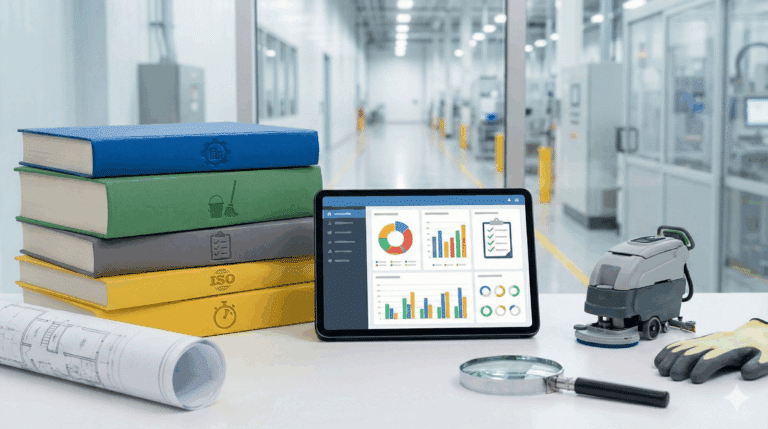If our company depends on data collection from remote or poorly accessible locations where there is no Internet signal, are we forced to use old fashioned tools, such as pen and paper, instead of mobile or online forms, to prevent losing vital information in the process? In cases like these, a lot of companies don’t know they can take advantage of the full potential of offline forms and continue using physical documents even when the market offers much more efficient, economic alternatives.
Sticking to paper
The risk of losing valuable information is a powerful reason that explains why companies still use paper for internal purposes, regardless of the problems associated to the use of this resource. Richard Randall, founder and president of the management-consulting firm New Level Advisors explains to the Business Journal that “People who need information leave their desks, walk to the cabinets, look for the file and carry it back. When they finish, they return and refile the documents. The wasted motion is bad enough, but sometimes folders or documents are lost or misfiled. It is very hard to lose a digitized document in a properly designed system, but very easy to lose paper.”
Why aren’t more businesses going paperless? Randall thinks that the reasons behind this “Are habit, inertia and resistance to change. We are so used to the status quo we don’t see the waste right in front of us. If we do, we also see it will take an effort to change. And some people just like paper.”
Offline forms: the recipe for field data collection
In a previous article we mentioned that there is no possibility to edit the Google Forms offline. To companies depending on this system, that means they can’t complete the forms unless they have an Internet connection. This is a major obstacle for companies which carry out certain field operations characterized by its offline mode: they don’t allow any Internet access.
Given the impossibility of editing the offline forms on Google Forms, another main reason why companies decide to stick with paper instead of using mobile forms is the wrong conception that mobile forms only work when a device has network connection.
However, there is an advantage the new offline forms provide and which exceed the limitations of similar systems. Fortunately for these companies, modern platforms allow the mobile app to keep operating even without network connectivity (even WiFi). This way, users can continue collecting information from the mobile phone with offline forms. The data will simply be stored in the app until the connection is restored, and then the offline forms will be sent automatically to the central office.
There are many additional advantages these offline forms offer in replacement of the current systems your company is using right now. One of them is that the information will never get “lost”. Whether you’re using paper forms or any other physical document, there is a high risk of eventually losing the information. This simply won’t happen with offline forms: the collected data on the field from the smartphone are sent to the central office and they remain stored there… forever.
Besides, with offline forms you can assign tasks and get performance indicators, and after that you can evaluate the work to have accurate metrics thanks to a robust dashboard and automated reports. Reasons enough to choose for another solution instead of paper.
DataScope is a platform which allows various industries to streamline, organize and evaluate the work of their field staffs thanks to online forms which provide real time indicators 100% adaptable to any field.







